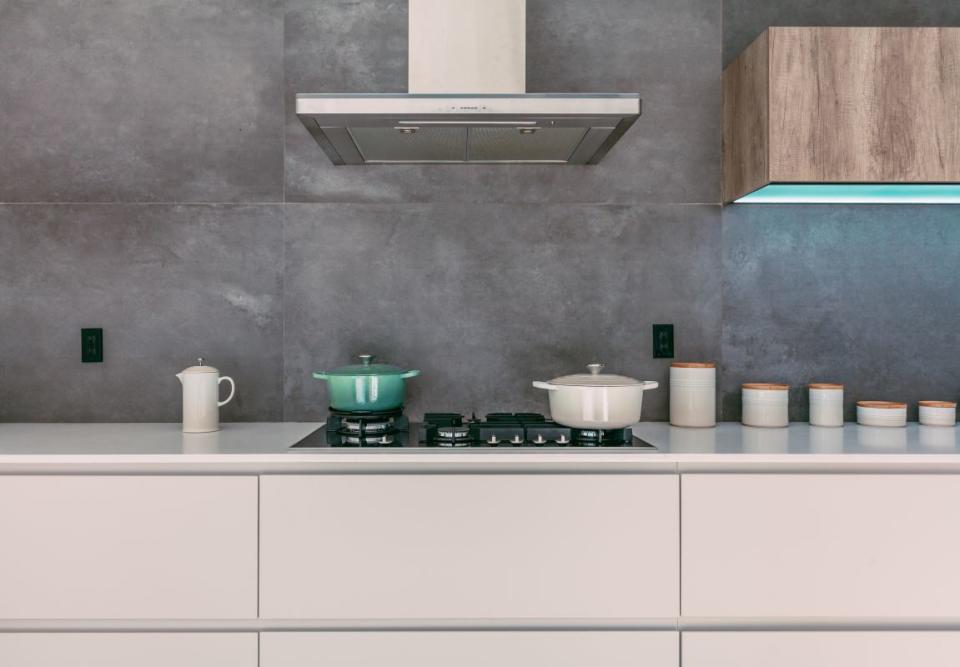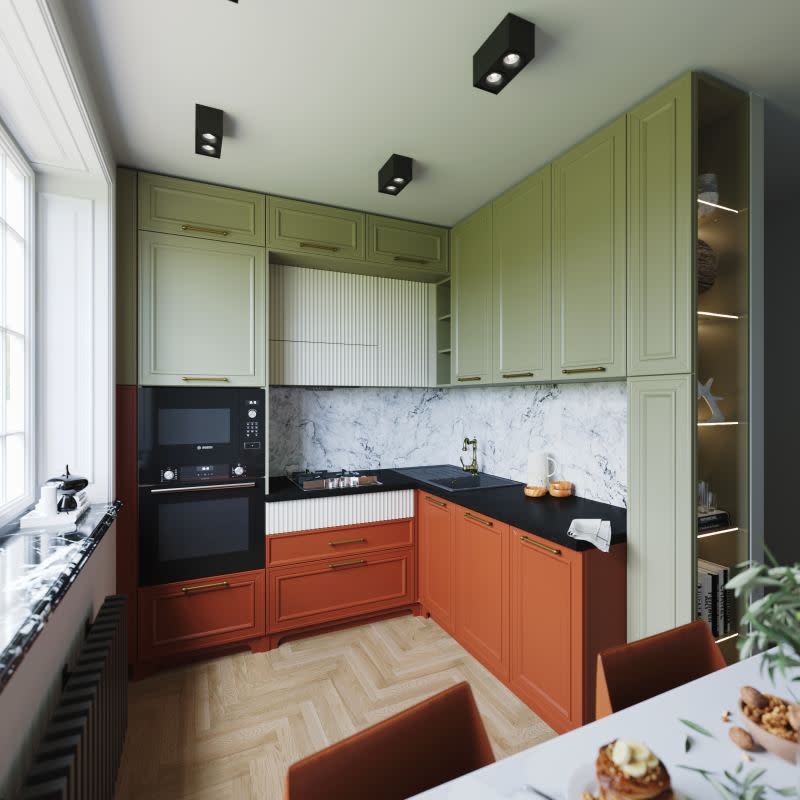Buying a Range Hood for the Kitchen? Avoid These Common Mistakes
Kitchen venting systems last longer than other appliances and require minimal care. Many homeowners might even be able to tell you that they've never had to purchase or install one for their home! Given their long lifespan, an owner usually needs a very specific reason to buy a new range hood, such as the desire to enhance the look of the space during a remodel or suit a new island hood, improve efficiency and reduce noise by embracing newer technologies, or increase the resale value of a home before putting it on the market.
All that said, there are a shocking number of products and considerations. Know what you're looking for to avoid decision paralysis and frustration caused by a poor decision. Before you whip out the credit card, keep in mind that these are the most common mistakes people make when choosing a new range hood for their kitchen:
1. Wrong Range Hood Size and Power
One of the most common mistakes is selecting a range hood style that is either too small or too large for your stove and kitchen space. A hood insert that is too small won't capture all the cooking fumes, while an oversized ducted range hood might be unnecessarily loud and inefficient.

Photo by Le Creuset on Unsplash
2. Not Considering Ventilation Needs
Some homeowners overlook the importance of proper ventilation requirements. If your kitchen layout or home structure doesn't allow for ducted ventilation, you may need to opt for a ductless range hood; however, remember that some recirculating range hood/ductless hood models can be less effective at removing airborne pollutants.
Downdraft range hoods are becoming more standard in many modern kitchens, but they aren't as effective as other types of range hoods, especially for heavy cooking.
Flush-to-ceiling hood ranges are increasingly popular too, but contractors and homeowners often misinterpret how close the range should be to the hood. "Any flush-to-ceiling range hood will be too far away from the cooking hob to effectively remove smoke, cooking odors and grease," shares Alex Park, Product Manager, FOTILE. "Not only do contractors and homeowners misinterpret the height that a range hood should be installed above the cooking surface, there’s also little understanding about the most effective width and how it relates to the effective capture area of a hood."
Nodding to FOTILE's own BIG3610, Park notes that the product descends as much as 10 inches to an ideal position that's 20 to 30 inches based on the heat source to maximize ventilation power and efficiency while cooking.
3. Ignoring Hood CFM Rating
Pay attention to the CFM (Cubic Feet per Minute) rating for range hood strength. "Both consumers and many trade professionals are reliant on CFM numbers provided by the manufacturers without a full understanding of how these impact performance," notes Park. "It's crucial to select a hood with adequate airflow to effectively remove cooking odors, grease, and smoke from the kitchen; however, higher CFM ratings only address more powerful motors but do not take into account the importance of the size, type and length of ducting from the hood to the exhaust point. This is different for each installation as every home is different but plays an important role in the efficiency of the ventilation system."
Related: How to Clean Your Vent Hood and Filters
4. Neglecting Noise Levels
All too often, homeowners focus solely on the aesthetics of the hood without considering the noise level it generates. "More high-powered range hoods typically translate into higher decibel levels as these produce more noise and can potentially turn your cooking experience into a solitary one as conversations become impossible due to background noise," shares Park. While paying attention to the CFM ratings, also check the decibel level at the highest setting.
5. Forgetting about Installation
Range hoods often require professional installation, especially if ductwork needs to be set up or if you're replacing an existing hood with a different type. Before you DIY, understand the installation requirements and take steps to avoid additional costs and complications.

Photo by Dmitry Kovalchuk on Unsplash
6. Not Matching the Style of Kitchen
While aesthetics are important, some homeowners choose a style of range hood that clashes with the overall design of their kitchen, and fails to realize it until the product is installed. Don't regret your decision — you'll have this product for a long time, so it's okay to be picky with your exhaust hood system.
7. Ignoring Cleaning and Maintenance
Certain ducted hood designs are harder to clean and maintain than others. Grease and grime can build up quickly, so it's wise to choose a hood with accessible filters and surfaces that are easy to clean.
Related: 9 Ways to Improve Your Kitchen’s Ventilation System
8. Not Factoring in Cooking Habits
The type of cooking you do influences the type of range hood you need. For heavy-duty cooking like stir-frying or grilling on a gas range, you'll want a more powerful hood compared to light cooking or baking. Furthermore, choosing the right range hood filter (like a charcoal filter) can help.
9. Skimping on Quality
Cheaper range hoods may seem like a good deal initially, but they can be less durable, less effective, and more prone to mechanical issues over time. Investing in a quality vent hood can be more cost-effective in the long run.
10. Overlooking Lighting
Typical vent hoods often includes lighting for the cooking area. Make sure the hood you choose provides adequate and well-placed lighting for your stove. This is especially important if you're installing an island range hood without another light source over the cooking area.
FAQ
What are the best types of surrounds for an integrated hood?
"Any type of surround will work well with our built-in insert range hood model. One of our core strengths is that any of our range hoods offer exceptional cleaning performance with a minimum 95% grease separation rate and a 97% odor removal rate. This is all part of our mission to improve the well-being of our customers and provide a healthy and quiet cooking environment."
Related: Houzz’s Kitchen Trends Study Notices Trend in Kitchen Island Size

